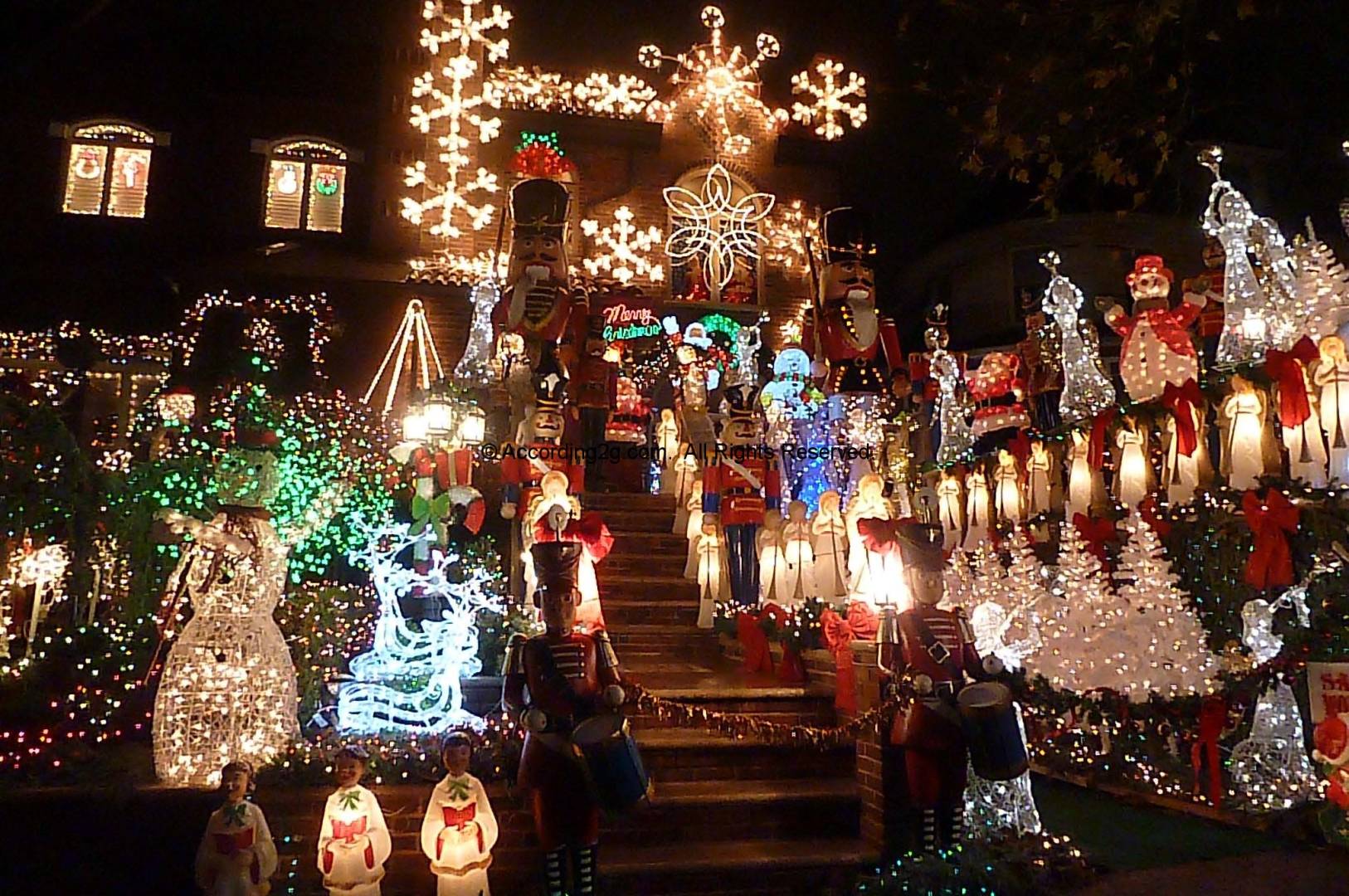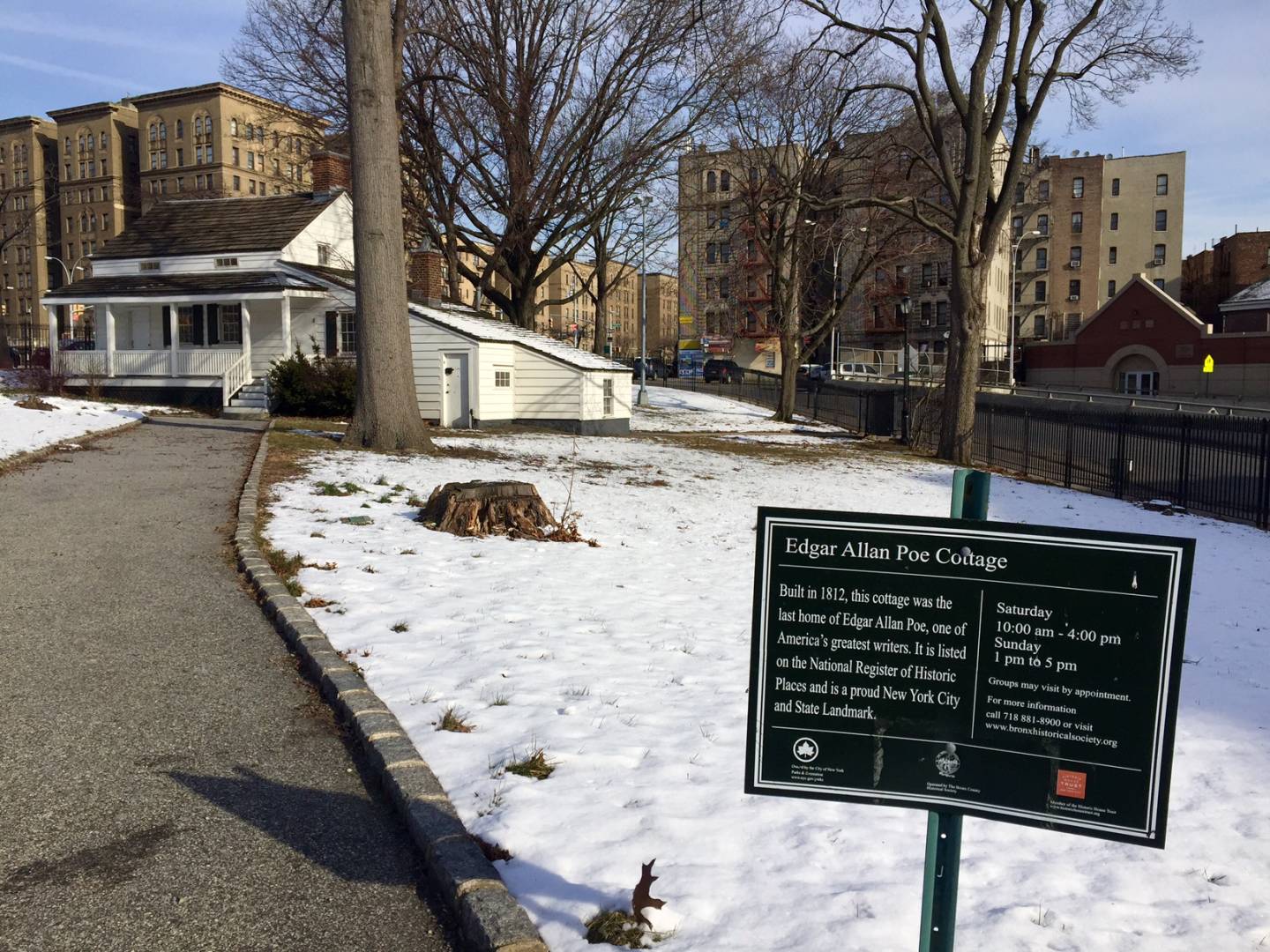


In Italian
“New York was an inexhaustible place, a labyrinth of endless steps and no matter how far he walked,
no matter how he came to know its neighborhoods and streets,
it always left him with the feeling of being lost”
(Paul Auster)
Unusual New York.
Almost a parallel universe made of places, anecdotes, stories, characters.
Scattered fragments of a real city, enjoyed, if possible even more surprising, that sometimes gives its own best outside the usual – always wonderful, of course (above all for people arriving here for the first time) – tourist itineraries.
You need passion and a bit of curiosity to go beyond the first impressions and be able to see the dynamics, the potentials and the surprising offer of a one-of-a-kind place in the world, a variegate microcosm of cultures, traditions, people (and characters), events, life.
So I thought – always on the basis of my direct experience – to tell you about and show some of the most original places (actually, there are also many others that it’s worth it to talk about and I’ll do it soon) that the city has to offer, in my opinion.
Little curious issues, paths that I myself until short time ago ignored they existed. Movies and literary locations, historic memories and sites tied to anecdotes and episodes definitely unusual and yet surprisingly related each other by the oddest and the most original ways.
Read and decide what is fit for you (you can pick and choose): the detailed info will allow you to reach these locations completely alone. And if you have other unusual sites to recommend, don’t hesitate to leave your comment…certainly an added value to this post!
Some time ago I read about the Art Deco building of the old Daily News, so during my latest tour to the city I went to have a look around. The building is in the 42nd Street, a few hundreds meters from Grand Central Terminal.
In the hall – you can see it from outside thanks to a wide window and that can be reached by everybody – it’s still possible to admire the old globe of the Daily.
A sort of curious giant globe built in the 1930s, hand painting, rounding following times and degrees of the terrestrial inclinations.
In the rays of the floor the distances in miles from all the cities of the world towards New York are marked…well, no wonder…in the 1930s NY began really to be the center of the world!
A little gem for the Movies fans.
Did you know that right this newspaper inspired the Daily Planet of the Superman’s character comics?
And did you know here some scenes of the movie with Christopher Reeve as the journalist Clark Kent in 1978 were shot?
If I were you I would have a tour. The exact address is 220 east, 42nd street: it’s little far from one of the most beautiful skyscrapers of New York, the Chrysler Building (if you have time, go into and have a look here, too – in the hall you’ll find wonderful murals of the 1930s).
How do many people remember the movie “The Seven Year Itch” with Marilyn Monroe?
Do you remember when the actress stops on a subway grate taking advantage of the fresh wind to refreshing from the summer hot weather, trying to control her flying skirt?
The scene – which made the Monroe a movies star – was shot in Manhattan in the Summer of 1954, in one of the most famous streets of the city. Today the famous grate still exists even if the background (buildings and stores above all) has changed a bit. The exact point, for people who are interested in, is on the Lexington between the 52nd and the 51st Street.
How did I find it?
Easy. Some time ago I read about the location in an article of The Newyorker, even though the precise crossroads wasn’t specified. It was enough to watch again and old video of the movie’s backstage to locate the exact street number and report the position on Google maps. In short, nothing so difficult.
And who did say in New York preparations and artistic expo are only in the museums?
Have you ever heard mentioned about “Life Underground”? Try to have a stroll in the subway of the 14th street.
Curious and potbellied bronze characters tell the contrasts of a city where isn’t easy to live but probably to leave is not only more difficult but even impossible.
First among equals there’s Moneybags, the little man which is the symbol of the expo, the caricature of a famous finance “boss” (at the end of the 1800s he stole an important amount of dollars to his investors) who reigns and catch everyone’s attention.
The “exhibition” (permanent) extends along the railroad – and under the access stairs – of the 14th street/8th Ave L line subway.
It’s a downright open sky movie set, a little side street between the Broadway and Lafayette St, which can be reached both by Canal Street and by the opposite White Street.
Brick buildings with fire stairs worn-out by time and severe weather conditions, graffiti everywhere, barred doors hiding who knows what mysteries and garbage a bit everywhere. The ideal set for an indefinite number of movies’ scenes shot right here…in fact it often happens to have no entry due to prohibitions for “shooting under way”.
You never can tell…you can find yourselves in the middle of an important Hollywoodian production.
A right “leap” into the Lower East Side to tell you about a place – strong, intense and authentic – that hardly you’ll find in the guidebooks or in the travel posts about New York: the St. Augustine’s Episcopal Church, dating back to 1829.
Inside it’s kept with extreme care one of the last existent “Slave Gallery”.
It’s a wood balcony, invisible to the audience of “whites”, where for a good part of the 1800s, during the Sunday services, the black slaves coming up to Christianity were literally huddled into.
Go up those narrow stairs, find yourselves in a chocking attic, in a place which has not changed for over 200 years and perceive distress and pain. And at the same time hope and confidence in the prayer of thousands of people passed by here over time. It’s something that cannot be described by words.
You cannot enter the Slave Gallery without booking. You have to reach William Gordon (the telephone number to book a guided tour is 212 673 53100), the kind housekeeper which is also the guide – it seems his great grandparents as slaves have attended this place for several time. He is a wonderful and passionate person telling the history of the church and the life and pains of his ancestors.
The St. Augustine’s Church is at 333, Madison St. in the Lower East Side. It is better to reach the East Broadway subway stop (orange F line) and keep going along Madison Street for about one km as far as reaching the church, which is included in the school complex with the same name.
The tour is free but however an offer is appreciated.
I am told – I didn’t have the chance to hear – the Sunday Gospel is really incredible. So, it’s a reason more to visit it on Sundays, if possible!
A typical and nice “province” American small town with a charming history dating back to the period of the Dutch colonization.
It is famous to have been the birthplace of Frank Sinatra and to “house” the Carlo’s Bakery (95, Washington St.), Buddy Valastro’s bakery, the so-called “King of cakes”.
Okay, discredit the myth…around New York you find cupcakes, red velvet and filled cannoli definitely better but…what about to visit one of the most famous places of the real TV?
I must admit it. I appreciated it even more for the architecture and its “old America” style, for the “relaxed times”, for the cafés with reading corners, for the old little red bricks buildings with the typical fire stairs and for the wonderful view of the Hudson River and Manhattan from the Pier 6.
It can be reached easily by the PATH Train leaving near Penn Station (on the 33rd street): the return ticket cost $4 and it takes about 15 minutes.
If you have a couple of hours in your hands, maybe towards the sunset (I assure you’ll take wonderful photos), go there.
If you want to get an idea of how NY should be between the 1800s and the 1900s then you must go to Harlem, precisely to Washington Heights to visit one of the most ancient and perfectly preserved historic district until today.
50 wooden and red bricks row houses of the little Sylvan Terrace cobbled paving street: it’s a complex of buildings built by the Morris-Jumel, rich land owners of the near Morris Jumel Terrace & Mansion (the most ancient house in New York, that today can be reached by visitors), for their employees and subordinates and successively sold.
Today the whole area, which is considered one of the most precious places for the historic memory of the city, is included (and properly preserved) in the National Register of Historic Places in New York.
To reach Sylvan Terrace get off at the 163rd St Amsterdam Ave subway stop, blue line, Harlem. Go along St. Nicholas Ave as far as taking the stairs to Sylvan Terrace on the left.
An unusual New York which never stops to astonish and surprise.
And certainly it’s not finished, yet. There’s still a lot to show and tell about, maybe also by a more deepen way with specific posts to make your New Yorker experience even richer, more intense and real.
So, stay tuned and…enjoy the city!